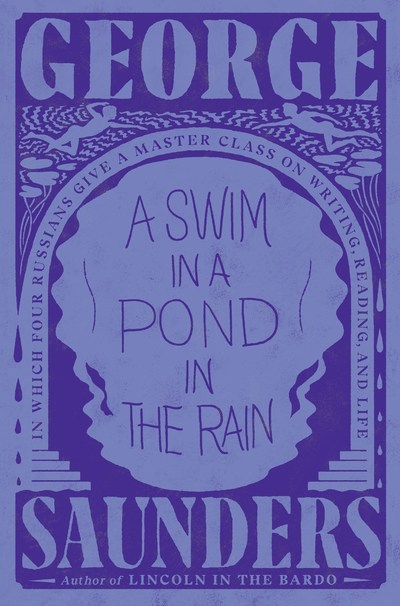Recent reports indicate that very few foreign language books are being translated into English. This is mostly due to economics, but the upshot is that American readers are missing out on some marvelous books. Fortunately, The Shadow of the Wind by Carlos Ruiz Zafon is not among the casualties. A huge success in Ruiz Zafon's native Spain, where it spent more than a year on bestseller lists, the novel is being published in more than 20 countries. It arrives on our shores with the full force of its publisher's promotional machine behind it.
Happily, The Shadow of the Wind lives up to the advance hype. Formidable in size and scope, it is a literary mystery calculated to appeal to book lovers because its plot hinges on books. It begins in a marvelous place called the Cemetery of Forgotten Books, a repository for literary works no longer remembered by anyone. A 10-year-old boy named Daniel is taken there by his bookseller father to assuage the lingering pain of his mother's death. The old caretaker tells Daniel to choose one book from the labyrinthian stacks, take it away and make sure it never disappears. Daniel selects The Shadow of the Wind by an all-but-forgotten writer named Julian Carax.
The boy is mesmerized by the book and immediately sets out to read all of Carax's novels, only to discover that they are impossible to find. Carax never reached a wide readership, so very few copies of his work were printed. Yet the real explanation for the shortage, Daniel soon learns, is that a shadowy, disfigured man named La’n Coubert has been methodically hunting down and destroying every extant copy. Intriguingly, La’n Coubert is the name of one of Carax's own characters, a fictional embodiment of Satan.
Over the next few years, Daniel embarks on a mission to figure out who La’n Coubert is and why he is bent on destroying Carax's literary output. As he roots around in the past, Daniel pieces together the fragments of Carax's fascinating story, but soon runs into serious danger as it becomes apparent that more than one person wants to prevent the truth from coming to light. This is Spain circa 1945, and the villain of the piece is an ur-fascist police detective, Fumero. Fumero's connection with Carax dates back to their school days, and the source of his abiding hatred unfolds along with the mystery of Carax's sketchy life story.
Daniel's search for information entangles him with many people from Carax's past, none of whom seems to be telling all. It is this array of colorful characters that brings Ruiz Zafon's novel to life. He creates a gothic Barcelona that borrows not only from the Spanish literary tradition, but from the noir atmosphere of period detective fiction as well. The odd blend works The Shadow of the Wind is certainly a tour de force of storytelling.
More than just a well-crafted mystery, though, the novel also provides a deeper look into questions of familial identity and our attachments to the past. Daniel's coming of age is a central component of the story, and his life begins to mirror Julian's in significant ways, not least in his love affair with Bea, the sister of his best friend. This turbulent liaison, as well as Daniel's own childhood heartaches, provide him with insight into Julian's ill-fated life and work.
The Shadow of the Wind is about the way books can tie us to the past and how easy and dangerous it would be to destroy that connection. The English translation is by Lucia Graves, daughter of poet and novelist Robert Graves, and she has rendered Ruiz Zafon's distinctive sensibility with the seamless invisibility of a good translator. Her unsung efforts make it possible for the English-reading world to enjoy this gem of a novel.
Robert Weibezahl's book, A Second Helping of Murder (Poisoned Pen Press), has been nominated for an Agatha Award.



















